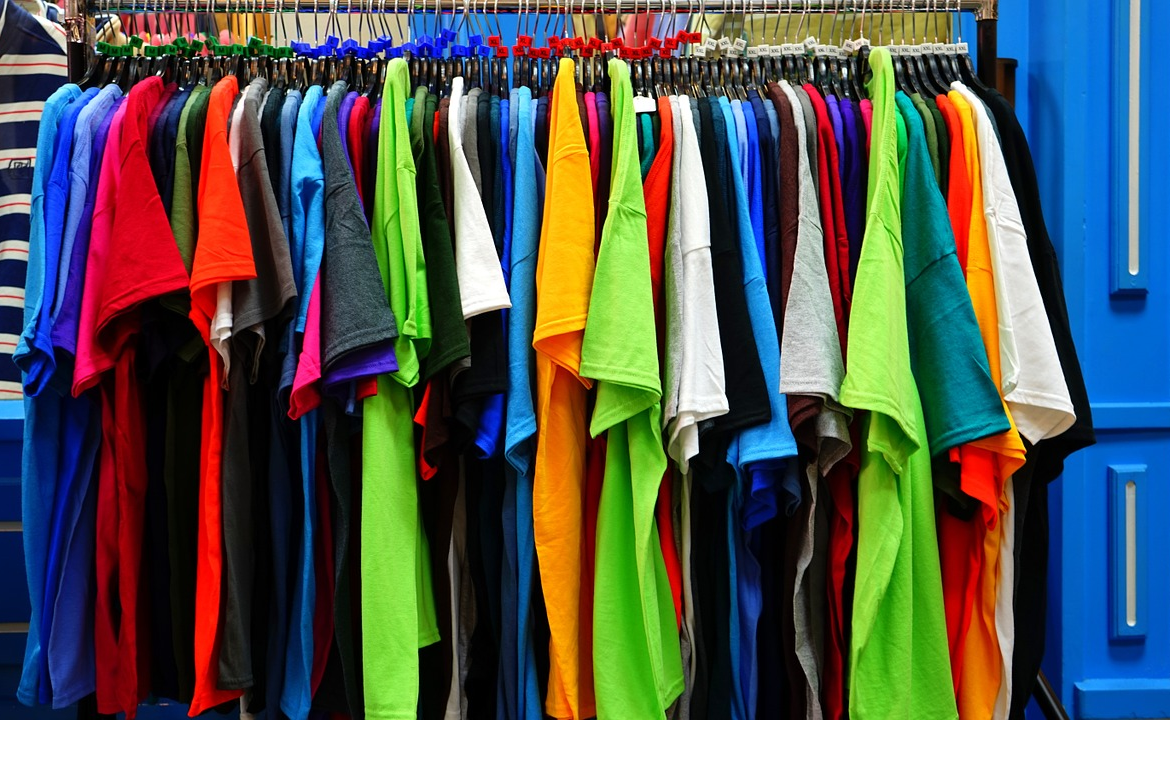Did People Suffer For Your Cotton Shirt? DNA Tagging Lets You Track Its Origins
Author: Elizabeth Segran | Published on: March 22, 2017
Cotton is a dirty crop, often tinged with human suffering.
Consider the farmers in India, the world’s largest producer of cotton. There, the crop is generally harvested on small farms, where families go into debt to buy seeds from Monsanto, a seed supplier that dominates 90% of the Indian market. As I’ve reported before, it only takes one bad year for a family to lose everything. This has led to an epidemic in suicides, with an estimated 300,000 farmers taking their own lives over the past two decades in order to spare their children the consequences of this debt.
Given devastating figures like these, many consumers understandably want to know more about the origins of the cotton they buy. A solution to that problem is not as far away as you think: Pimacott, the American division of the Indian cotton supplier Himatsingka, has been working on a technology that uses DNA tagging to allow you pinpoint exactly where your cotton comes from. As its name suggests, Pimacott only develops pima, a variety of cotton that is grown largely in the San Joaquin Valley in California and in particular regions of Peru. Because the company focuses on high-end cotton, it needed a way to assure customers that they were getting authentic and unadulterated pima, especially because raw pima might be brought overseas to be woven and turned into products.

